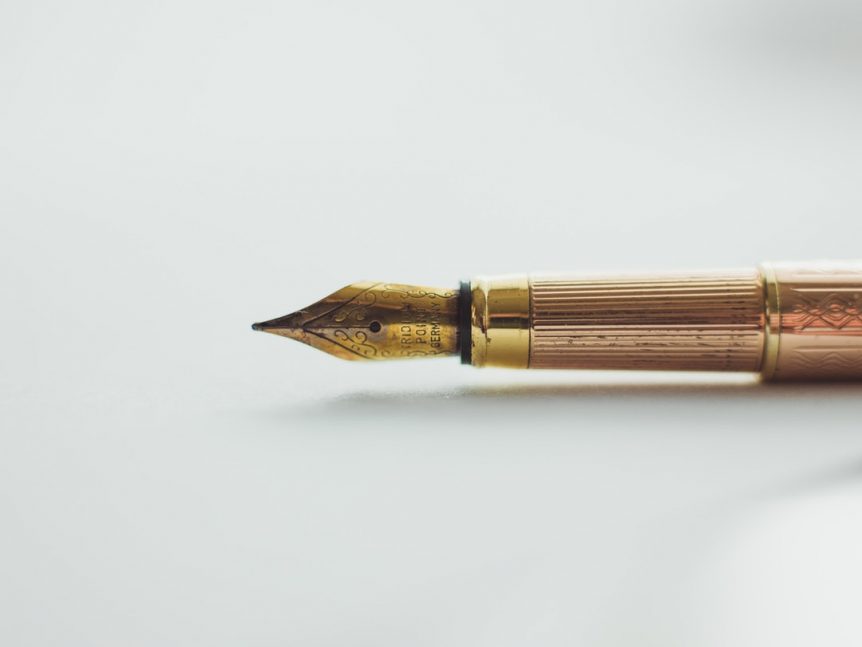Ernest Hemingway is one of America’s most iconic writers. From A Farewell to Arms to For Whom the Bell Tolls, Hemingway’s literary works are classics that will stand the test of time. But did you know that Hemingway spent much of his time outside of the United States?
Hemingway’s home away from home was in Havana, Cuba. Hemingway spent years living in Cuba, and he established a long-lasting presence in Cuba that still exists today.
Want to learn more about Hemingway in Cuba? We’ve got you covered. Read on to learn all about it!
1. His First Visit Was by Accident
Hemingway didn’t set out to visit Cuba. In fact, his first visit to the tropical island was by pure happenstance.
Hemingway’s first taste of Cuban life happened in 1928 when he set out with his wife, Pauline, and their two sons from their home in Key West to visit Spain. The ship had a three-day layover in Havana before continuing on to Spain. It only took those three days for Hemingway to fall for the beauty of Cuba.
He didn’t return to Cuba for another four years, but it was evident that those three days left a lasting impression on Hemingway.
2. Hemingway Lived in Cuba in the Winter
For most of Hemingway’s time in Cuba, he lived in his beloved house with his new wife Martha Gellhorn. Named Finca la Viglía, Spanish for “lookout house,” the house was inhabited by Hemingway and his family during the winter time so he could escape the brutal cold of Idaho.
3. Hemingway Wrote Some of His Best Work in Cuba
Hemingway loved doing many things in Cuba. From marlin fishing on his boat, the Pilar, to relaxing in the sunshine with a good book, to exploring the local culture. But Hemingway also loved to write when he was in Cuba.
Actually, Cuba was something of a muse for Hemingway.
In fact, wrote some of his most famous novels there. These novels include Islands in the Stream, The Old Man and the Sea, A Moveable Feast, and For Whom the Bell Tolls. If you’ve spent any time reading these novels, you’ve no doubt noticed how Cuba has left its mark on Hemingway’s novels.
4. Fidel Castro Was a Fan
We know that when most Americans think of Fidel Castro, they think of an anti-American leader. In fact, Fidel Castro was the catalyst that caused America to restrict travel to Cuba for decades. But despite all that, Hemingway had a chance encounter with the notorious leader in 1960.
Hemingway and Castro met at 10th Annual Ernest Hemingway Billfish Tournament. Castro was scheduled to present the trophy to the winner, but he ended up presenting the trophy to himself after snagging the largest marlin in the tournament. There were photographs taken of Hemingway and Castro at the tournament, but only small talk was made and they didn’t forge any type of lasting bond.
Regardless, Castro was fond of Hemingway. He even went so far as to say that all of his works are “a defense of human rights.”
5. Hemingway’s Nobel Prize is Still in Cuba
Hemingway won the Nobel Prize for Literature in 1954. He was in Cuba at the time that he received notice from the Swedish Academy that he had won. The prize for winners of this award is a 23-karat gold medal.
Hemingway loved Cuba so much that he wished for it to remain with the people of Cuba. He circumvented governmental ownership by placing it in the custody of the Catholic Church. Except for a brief period in which the medal was stolen, the medal has remained on displace in the sanctuary of El Cobre on Cuba’s southeastern coast.
6. Cuba Named a Marina After Hemingway
There’s no denying that Hemingway left a lasting impact on the island of Cuba. He’s as important to Cuban culture as he is to American culture. As a result, Cuba named a marina in his honor.
Located nine miles west of Havana, Marina Hemingway is Cuba’s largest marina. It was constructed to hold up to 400 vessels, but it only has approximately 100 slips that are usable. Marina Hemingway is run by the governmental Cubanacán.
In addition to the marina, a Havana yacht club was christened the Hemingway International Yacht Club in 1992. Clearly, Hemingway continues to be a revered part of Cuban history and culture.
7. Hemingway Didn’t Leave Cuba Until After the Cuban Revolution
Most Americans left Cuba at the beginning of the Cuban Revolution, but not Hemingway.
Hemingway adored Cuba and considered himself a Cubana Sato, which translates to your typical Cuban. Hemingway stayed in Cuba until 1960, a full year after Batista was removed from power. He returned to Idaho in 1960 and passed away in 1961.
8. You Can Tour His Cuban Home
Hemingway left his Cuban home and everything inside of it to his fourth wife, though some sources state that he actually left the house to the Cuban people. The Cuban government seized control of Finca la Vigía, but it allowed Mary Welsh to come and remove Hemingway’s manuscripts and letters.
Even though Cuba seized control of the home, they required that everything apart from the manuscripts and letters be left in place. Today, Hemingway’s home is a popular museum called Museo Hemingway that tourists and locals alike can visit to get a taste of what Hemingway’s life was like in Cuba.
Did You Love Learning About Hemingway in Cuba?
There’s a lot to know about Hemingway in Cuba. Hemingway adored living in Cuba, and it’s clear that the people of Cuba loved having him in their country, too. Between the year-round warmth and sunshine, gorgeous ocean views, and the unique Cuban culture, it’s no surprise that Cuba was Hemingway’s favorite place.
Ready to tour Hemingway’s favorite place on Earth? Explore Cuba in style — from the inside of one of Cuba’s iconic vintage cars! Don’t wait, book your tour today!

